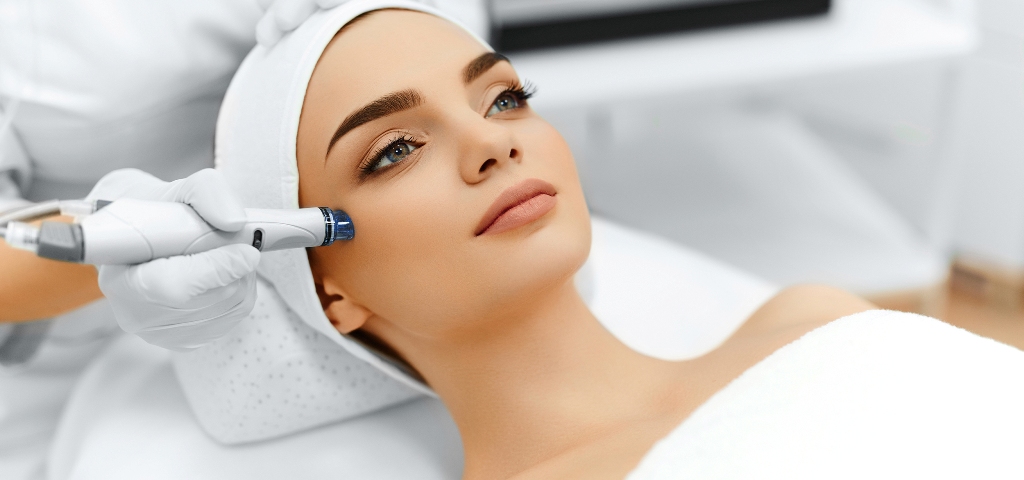Blackheads, whiteheads and pimples are so frustrating that most of us are even willing to pay a large sum of money just to get rid of these type of skin problems. But, what’s worse than those permanent scars you can get from breakouts?
If you can’t afford expensive dermatologists’ sessions or you’re just more comfortable to perform skin care treatments at home, we listed here the 7 best acne scars treatments recommended by dermatologists.
What Causes Acne Scars?
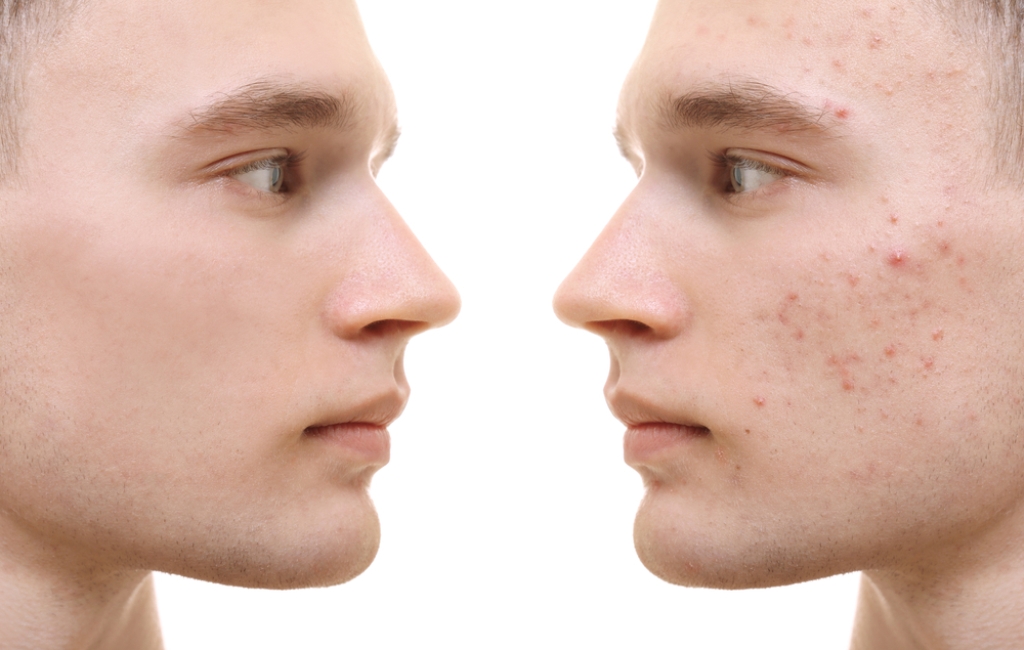
The first step of treating acne scars is to know what causes them and what type of acne scars you have. Basically, acne scars are commonly caused by either loss or excess of tissue. Scars shape when the skin is harmed. With skin break out aggravation, diverse sorts of platelets and collagen hurry to the point where damage may fix the skin.
In some cases, collagen can’t generally restore the skin back to ordinary, particularly when serious skin inflammation doesn’t give the skin time to recuperate before it breaks out once more.
Types of Acne Scars:
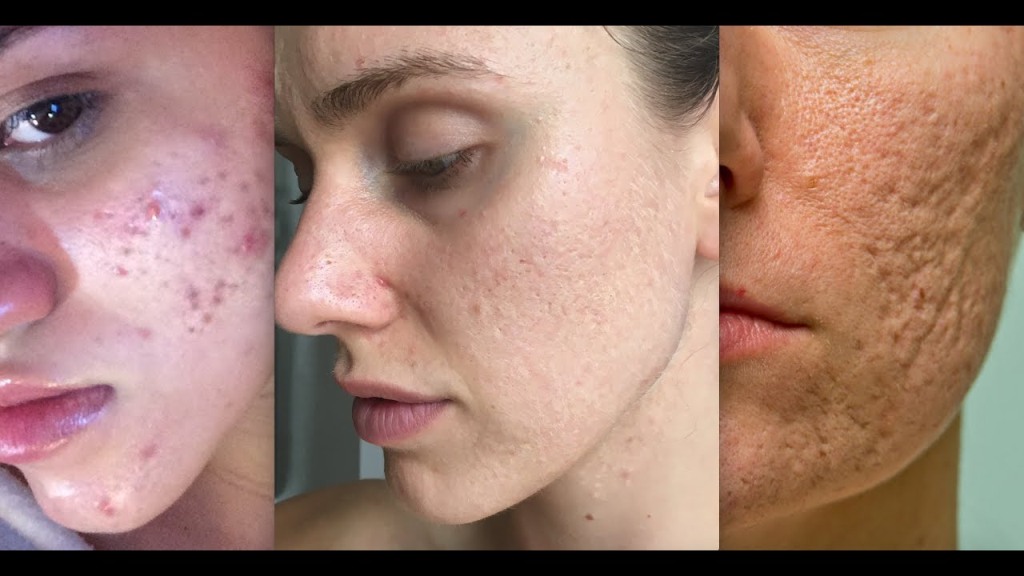
Acne scars have five different types – ice pick, boxcar, rolling, keloid scars, and hyperpigmentation.
Ice Pick Scars. This type of scar is very difficult to treat as it affected deeper portions of the skin. This type of scar is due to severe acne and skin issues that appears deep in the pores. Its texture is deep and very narrow that makes it difficult to treat.
Boxcar Scars.A type of acne scar that’s wider than ice pick scar. It can be either oval or round with a steep perimeter. Boxcar scars are caused by lack of tissue due to acne or breakout that affected the collagen present in the skin.
Rolling Scars. This type of scarring looks uneven and craggy that has round sloping edges and wavy textures. Rolling scars are results of damage under the skin. The pores created by the scars tend to pull the skin thus forming a “rolling” skin texture.
Keloid Scars. Opposite to rolling scars, the portion of the skin that suffers from keloid scars is raised. Instead of having sloping edges on the acne scars’ pores, it’s like a bumpy scar formed by excess tissue due to inflammatory acne.
Hyperpigmentation. This acne scar shows discoloration on the skin caused by inflammatory breakout. The more inflamed the acne, the darker the hyperpigmentation will show after it heals. Picking or popping an acne will increase the chances of hyperpigmentation because you are causing it to inflame more.
Best Acne Scars Treatments
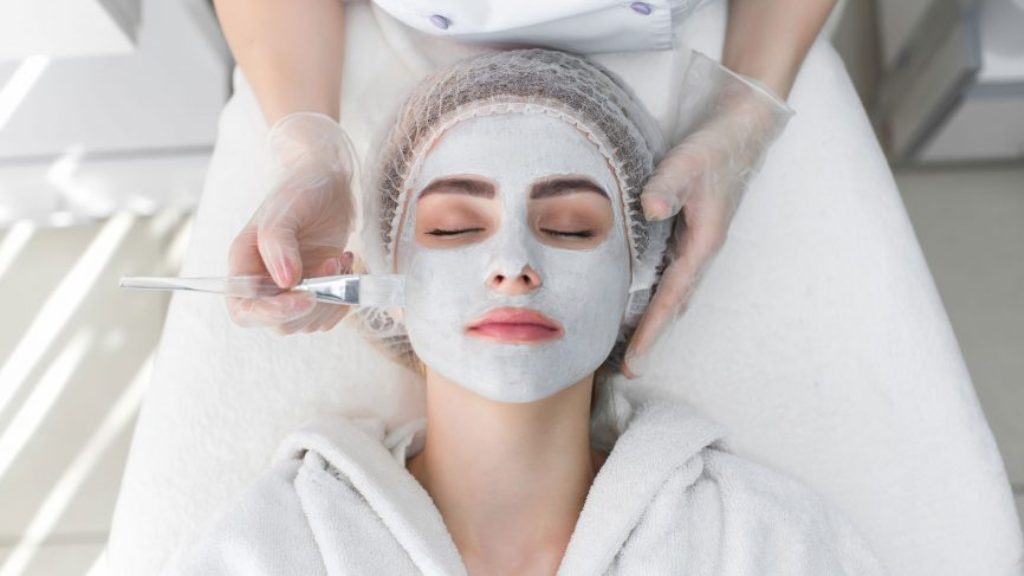
If your acne finally bid goodbye, it’s time to take care of the scars that resulted from your breakout. There are a lot of available products in the market you can buy that depends on your lifestyle. You can opt to either use a face mask, facial wash, serum, cream, or even a skincare tool to minimize or completely treat your acne scars.
To help you decide what to buy, we summarized the most essential ones that you need to get rid of your ace marks.
Ultrasonic Skin Scraping Spatula
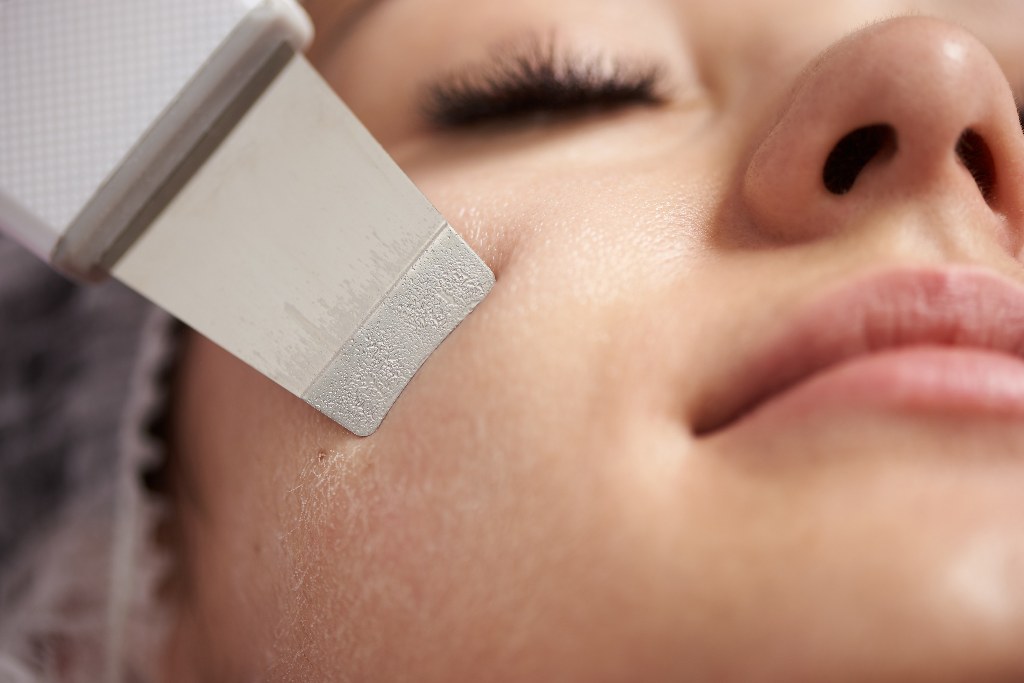
A must-have item for those who love getting a facial treatment regularly, eDiva’s ultrasonic skin scraping spatula is used as a skincare tool that not only treats blackheads and acne, cleanse your skinbut also works wonderfully on treating acne scars.
The spatula of this device works as a scrubber that exfoliates dirt and oil from the skin thus preventing the acne scar from getting contaminated. It’s gentle on sensitive skin so it’s safe for acne-prone skin.
Vitamin E

Some studies recommend that vitamin E enhancements can be compelling for individuals with serious harm to their skin. Vitamin E can bolster your body in a few parts of the healing process. Although this is not advisable for those who have oily skin as it retains the oil and moisture in the skin to help scars heal faster.
You can apply vitamin E oil directly to your skin or opt to intake foods rich in vitamin E like avocado. Additional tip – use apply vitamin E serum directly to skin and use eDiva’s ultrasonic skin spatula right after to help the serum penetrate better onto the skin.
Salicylic Acid

Salicylic Acid is an Beta Hydroxy Acid (BHA). It’s one of the most popular ingredients in skincare products for treating acne. When a product that contains salicylic acid is applied to the acne-prone skin, it dissolves the dirt and dead skin debris that clogged the skin.
According to Dr. Jacobs, salicylic acid will not only dissolve the dead skin cells on the outer part of the skin but will also penetrate deep into the pore to dissolve the oil inside that may cause breakout. Note: Salicylic acid shouldn’t be applied on a large area of the skin as it can result to salicylate poisoning. It’s also not advisable for those who have dry skins.
Silicone
![]()
It has been known that silicone prevents acne to result into scars. Dermatologists trusted silicone gel to be safe and effective to improve the appearance of scar. As indicated by a survey article distributed in Dermatology Research and Practice, silicone-based items speak to a standout amongst the most well-known and effective products in preventing and furthermore in the treatment of hypertrophic skin inflammation scars and keloids.
Use silicone gel when acne scars are still new for best results. For those who have keloid scars, this one is what you should use to improve the appearance of your scars.
AHAs
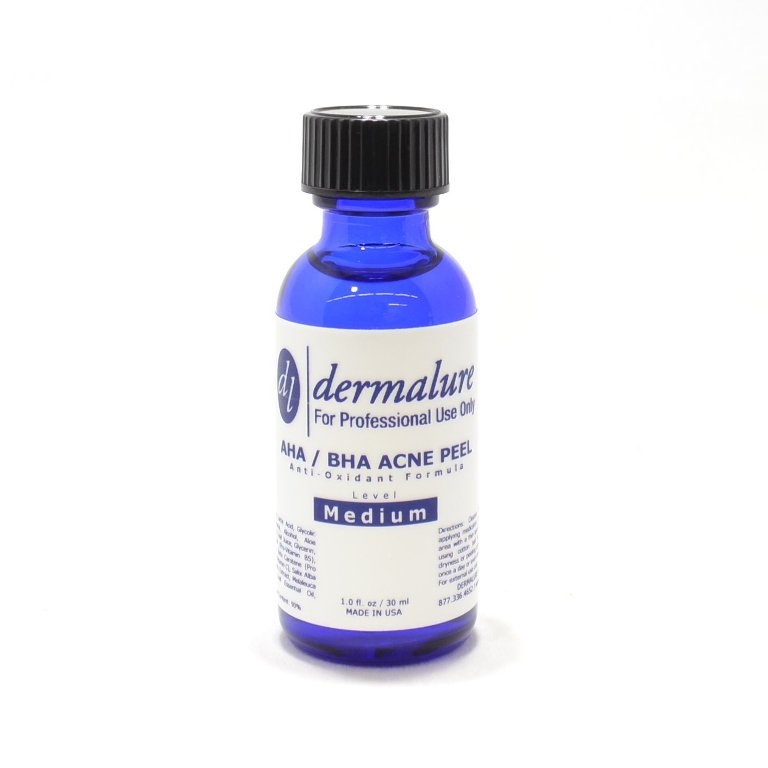
The most common type of AHAs or Alpha Hydroxy Acids found in skincare products are – citric, glycolic, lactic, and mandelic acid. It’s a multi-tasker ingredient that overall helps the skin look healthier and fairer. Our skin cells are bonded together by a glue and AHAs dissolves it to exfoliate the skin.Furthermore, it hydrates the skin and reduces dark spots and wrinkles.
Which one’s better-AHA or BHA? Both exfoliates the skin but AHA hydrates the skin and boosts the collagen while BHA unclogs the pores so the oil produced can leave the skin freely and prevent the spot from turning into acne. So if you have dry skin, you should use AHAs, but if you have oily skin, then you should opt to BHA.
Hydroquinone
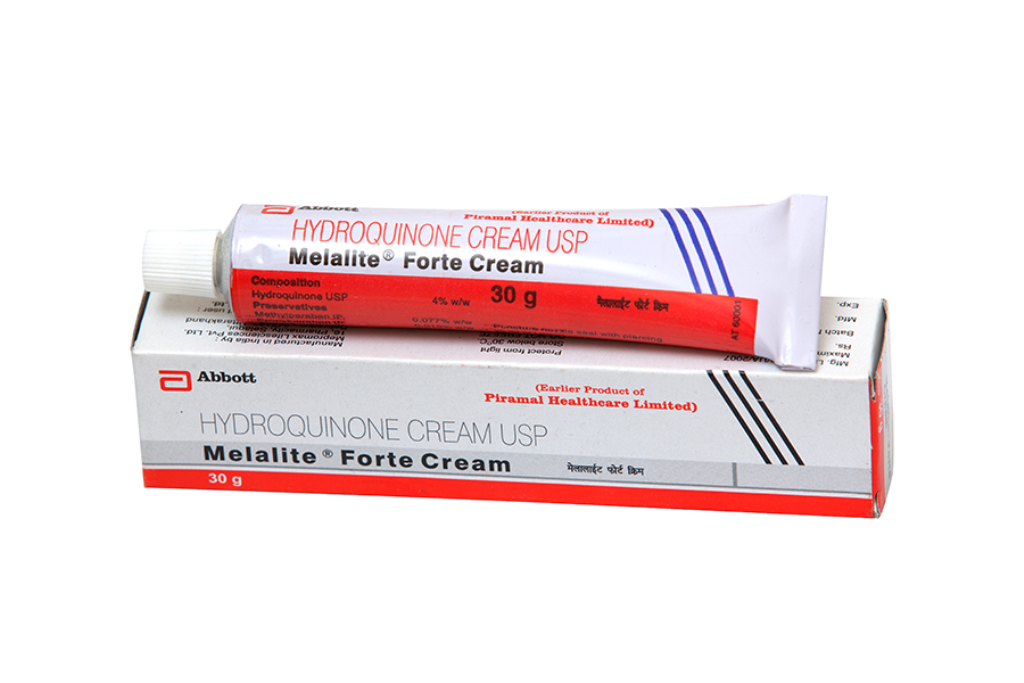
For a hyperpigmented skin that resulted from acne breakout, hydroquinone is a good product ingredient that will help lighten the unwanted dark patches on the skin. It bleaches the skin thus decreasing the formation of melanin in the skin. It can be found on serums, creams and other products that promotes skin whitening.

